
Sample Sources
The sources below are those contained in our three curated collections—covering themes of Passover, Gender Roles, and Holocaust Resistance. They represent a fraction of the thousands of sources that will be available when the full site launches in 2024.
Consolaçāo às tribulações de Israel (Consolation for the Tribulations of Israel)
[ . . . ] The Portuguese king, eager to find some logical excuse to vex me, called for an investigation to see if the number…
Divre ha-yamim shel ha-apifyor Paulo revi‘i (The History of Pope Paul IV)
On the 4th of Sivan 5315 [June 3, 1555], after the death of Pope Marcellus [of] La Marche, whose name will be well remembered, though he reigned only twenty-three days, he gave great redemption to…
Sefer ḥerev pifiyot (The Double-Edged Sword)
Christian Priest:Good morning to the Jews.
Jew:A good morning and a good year to my lord.
Priest:Where are you going today to insult the gentiles?
Jew:I do not understand you.
Priest:Have not you Jews…
Anti-Semitism on the Left
Like many of their Jewish assimilationist parents, many Jews who became active in the Left felt that the best way to deal with anti-Semitism was to convince themselves that if they showed they were…
Talking to Little Children about God
The main point is that, since we are all irremediably inadequate to know the essence of God’s nature, all names (attempts to capture the Divine essence) are metaphors.
We can encourage children to “do…
After Entebbe: Peace Remains to Be Rescued
To assess as commendable the courageous and spectacular life-saving mission implemented recently by Israeli commandos in Uganda would be to understate the case badly. The matchless daring and…
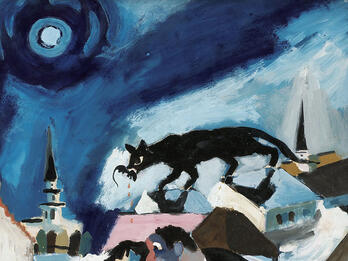
Refugees
Refugees is very different in style from Josef Herman’s later work. In 1948, the artist disowned his earlier paintings (which he felt were too derivative of Chagall’s paintings) and destroyed most of…
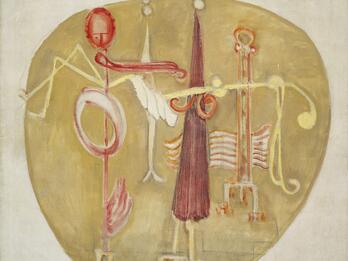
Untitled
Before he became known as a color field painter, Mark Rothko worked in other styles. During the 1940s, under the influence of surrealist artists who had fled Europe for the United States, he began to…
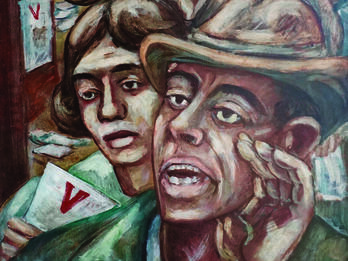
Leaflets (Double V)
Morris Topchevsky painted Leaflets when he was an art instructor at the Abraham Lincoln Centre in Chicago, where the majority of students were Black. Here we see African Americans holding posters with…
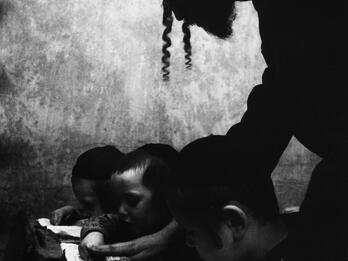
Hebrew Lesson, Brooklyn, New York
Cornell Capa took this picture of boys learning Torah or the Hebrew alphabet at a time when Hasidic survivors of the Holocaust were just beginning to rebuild their communities. Brooklyn, New York was…
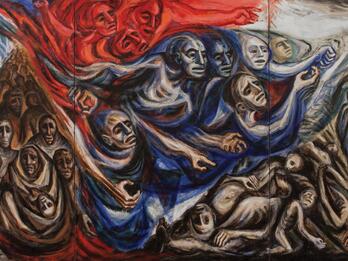
Warsaw Ghetto Uprising
Arnold Belkin, sometimes called the Canadian son of Mexican muralism, created traditional murals but also painted ten of what he called “portal murals.” These were large-scale paintings that could be…


